Moving to another city can be difficult. So you can only imagine the extra struggle of downsizing your life for the next x years, discerning what you really can and can't live without to start the next chapter of your life, and moving across an ocean as base fare. Oftentimes, even visiting home is a luxury, as the $2.5k price tag on a roundtrip flight could easily be used on multiple domestic vacations alone. So we acclimate to the new environment, welcoming our communities with open arms as our friendly people were born and raised to do. Comfortable as we get, we're also easily reminded that most people don't know a thing about our hometown. It's a way of life that can only be tasted through experience itself. This small collection of thoughts only represents a touch of the most common struggles and triumphs we "Saipanese" encounter living out on the "mainland," as we call the 48 contiguous states. Though written out with some uniquely anecdotal internal reaction, I'm sure many of our fellow peers and US Territories can sympathize as well.
1. "That's in Asia, right?"
Smack in the middle of the deepest point on earth, the Marianas Trench, rests a minuscule, 12 x 5.6 mile island, packed with culture, cruise, cuisine, and chilling post-war folklore. The "capital", or island of Saipan, part of the Commonwealth of the Northern Mariana Islands, is surrounded by its 14 sisters, with the inclusion of Guam. No, it is not in Asia. It's a US Territory. Meaning, you know. It's part of the USA. Which leads most people to the next question...
2. "Saigon? Taipan? Can you repeat that? Oh, Guaaaaam."
Yes, Guam. How do you know where Guam is, but not Saipan? Or the Commonwealth? Did you look at the map and quickly avert your eyes off the dots right next to it? Just kidding.. But seriously. It was one of the most common battlegrounds and pit stops mid-travel from the US to Japan in World War II, which were crucial to the Hiroshima and Nagasaki world history lessons we know today. The whole island was a battlefield, hence the legend, lore, random bullets and canteens you may find on a casual nature hike. Ever hear of harakiri? Well, we have scenic points named Banzai and Suicide Cliff. The Battle of Saipan was some real OG sh*t, folks. Have a read.
3. "But you speak English so well. You don't have an accent!"
Oh yeah? What accent was I supposed to have? We do live in the tropical boonies and have our own local pidgin, but if I ever tried to speak to you in that manner, we'd need to create an entire Rosetta Stone for you. Ain't nobody got time for that.
On another note, Saipan is comprised of many different cultural groups, the majority of which hail from across Asia, across the Pacific Islands, and parts of Europe. For most multicultural individuals, it is only natural to acclimate to the context of their respective surroundings. Despite a lack of empirical evidence to support this reasoning, I believe I often find myself unintentionally switching intonations mid-conversation out of respect to my elders or loved ones. It also doesn't hurt the clarity of the communicative process. Just like Spanglish, we also utilize makeshift "dialects" like Taglish for this exact reason.
4. "What's the official language?"
English. It's the one language most people speak. The other two official languages, eponymous to and spoken by the indigenous people of the CNMI and Guam, are Chamorro and Carolinian. The Chamorro language itself has adapted words like zori (Japanese), dangkulu (German origin danke), Yu'us (Zeus, Jesus, Lord) and pot fabot (Spanish origin por favor) due to the series of colonizations over the last several hundred years.But if you're trying to get an idea of what else you might overhear in the supermarket or out on the beach, you'll probably encounter something new each time. Some of these dialects include Tagalog, Mandarin, Japanese, Korean, Chuukese, Bengali, Russian, Sinhalese, and many more.
5. "You're Saipanese, right? Or are you Guamanian? Chamorran?"
My friends and I always have to explain, for example, that 'no, I'm Filipino/Japanese/Marshallese but I was born and raised on Saipan,' only to be met with confused, incredulous looks and a 'but how?' Islands are such a cultural melting pot with varying degrees of classification that living in Hawaii, e.g., doesn't just make you instantly Hawaiian. Ethnicity is not synonymous with individual native location. Although "Saipanese" is probably the most culturally fitting word for me since my cultural identity crisis during my undergraduate career, it's just not a well-recognized concept within the Marianas itself. Saipanese and Guamanian were terms specifically coined by universities and government entities on the mainland in order to distinguish its applicants' demographics. Within the CNMI and Guam, however, it is most equivalent to calling someone an "Angeleno" or "New Yorker." The distinction is a much more intricate process for locals. Oh, and by the way, it's Chamorro. Say it with me. Cha-mo-rro. Good. By the end of this article you'll be able to pronounce it in the native tongue.
6. "You're Filipino? Say something in Filipino!"
First of all, it's Tagalog - one primary out of thousands of dialects. In this typical request to regurgitate, it's interchangeable with Chamorro, or nearly any given language, really. This one's always a doozy. On the one hand, I'm proud to have picked up intermediate Tagalog going to church and watching teleserye. Lemme hear from all my Pangako Sa Yo fans in the house! What whaaat?!
But let's be real, I can't conjugate Tagalog properly and received more formal instruction in my Chamorro and Carolinian bilingual classes in elementary than all those bi-weekly sermons and teleserye put together. I can recite the Prinimeti and sing the national anthem to this day, but still need to Google and memorize the words to Lupang Hinirang. I totally had to double-check just now because I spazzed out and thought it was Perlas Ng Silanganan, by the way. Proud and practicing as I am, I'm better off redirecting you to my mom before you start demanding more and this one gets out of hand.
7. "What kind of food do you eat in Saipan?"
Yasss you said Saipan right this time! Oh my God. This is my absolute favorite part. Chamorro barbecue, red rice, finadeni dipping sauce, Tinian hot pepper,titiyas (soft, amazing coconut-enhanced local version of tortillas), kelaguen (both a Filipino dish and a Chamorro rendition similar to ceviché), koko (pickled cucumber, green papaya or mango), lantiyas (similar to but thicker thantres leches), apigigi (cassava/tapioca/young coconut treat in banana leaves) and poké are some of the most unique, yummy favorites.And then of course there's the rest of the different cultures with their own cuisine, but way more authentic than you've probably ever tasted. We're talking generations before the first generation Americans making recipes handed down from a vast smorgasbord made by the Original Grandmas in multiple motherlands. And our snacks, don't get me started on our snacks. Say, does anyone wanna send me a nice care package?
8. "So what do you do here? Do you need a permit or Visa to be here?"
I finished a few degrees and yes, I possess a beat-up 5-year old passport I take everywhere with me and again, I am a US citizen. You know. From the US. See below. Interesting stuff.
For US Territories:
U.S. Citizens and Lawful Permanent Residents (LPR's) who travel directly between parts of the United States, which includes Guam, Puerto Rico, U.S. Virgin Islands, American Samoa, Swains Island and the Commonwealth of the Northern Mariana Islands (CNMI), without touching at a foreign port or place, are not required to present a valid U.S. Passport or U.S. Green Card. However, it is recommended that travelers bring a government issued photo ID and copy of birth certificate.
For US States:
To date, a Real ID is not required. Read frequently asked questions regarding Real IDs on the Homeland Security website. ThoughU.S. citizens and legal residents don't need a passport to travel to Hawaii, a government-issued photo identification is required for adult travelers age 18 and older.
9. "What currency do you use?"
US Dollar Bills. Sometimes my friend Zsa Zsa and I swap Sungka seashells by the seashore. (Behold below, board game Sungka.)
10. "Can you vote?"
Funny story, actually. When I was a resident, Saipan had a pact called The Covenant with the US, as defined here by cnmilaw.org:
"The Covenant to Establish a Commonwealth of the Northern Mariana Islands in Political Union with the United States of America defines the unique relationship between the Northern Mariana Islands and the United States, recognizing U.S. sovereignty but limiting, in some respects, applicability of federal law. The Commonwealth accordingly enjoys a greater degree of autonomy than most U.S. territories." (48 U.S.C. § 1801)
As immigrants, my parents lived and worked in Saipan for 30+ years, but unfortunately, were unable to naturalize due to restrictions in The Covenant and moved to New Zealand. They can't vote for their choice of POTUS. For the longest time, I also thought I couldn't, as word on the street is that US Citizens from the Territories aren't allowed to vote. Recently, after some digging, I found a loophole and realized that as long as I was residing in the United States, I could most certainly cast an eligible vote. Since I've been living in Hawaii and Los Angeles forever now, the Biba Bernie mission shouldn't be too difficult. Not long after my realizations, John Oliver very kindly beat me to sharing it, on national television. Thanks, Mr. Oliver. Appreciate it, man.
11. "What's it like?"
Pristine blue-green clear waters, soft white sand beaches, food with taste and texture exploding on your every tastebud, friendly people, humidity, no traffic and less pollution. Though even paradise isn't perfect, the daughters and sons of the Marianas have a home, an intricate past and a relationship with the world like no other. You just need to come to know.
Hafa adai, Aloha, Kia Ora. Salamat po ♥




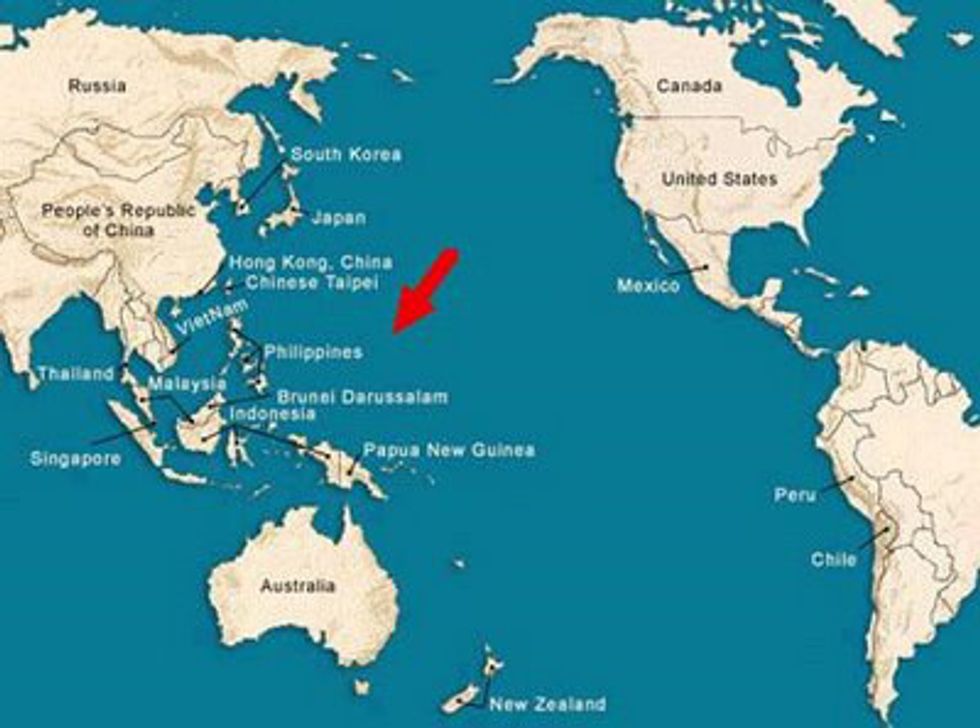
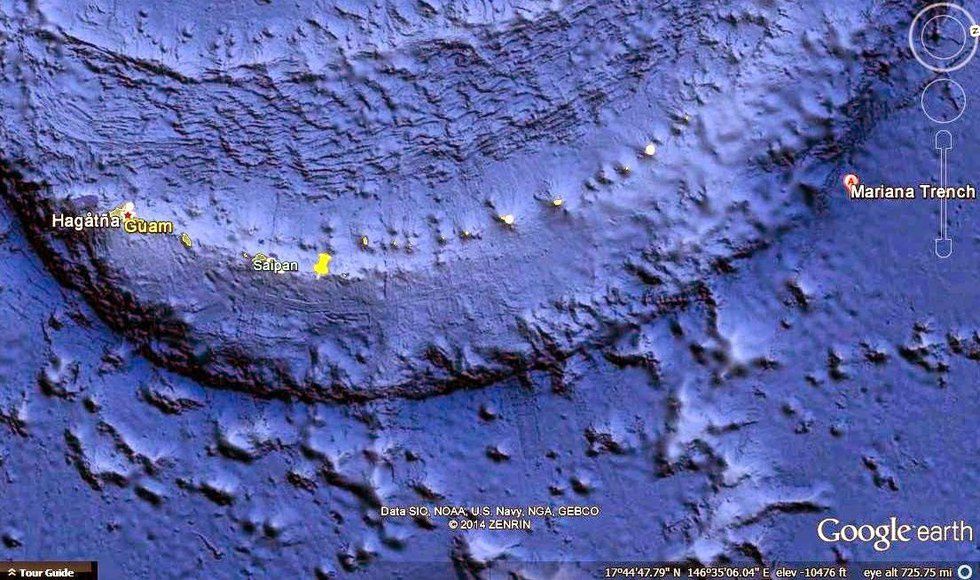
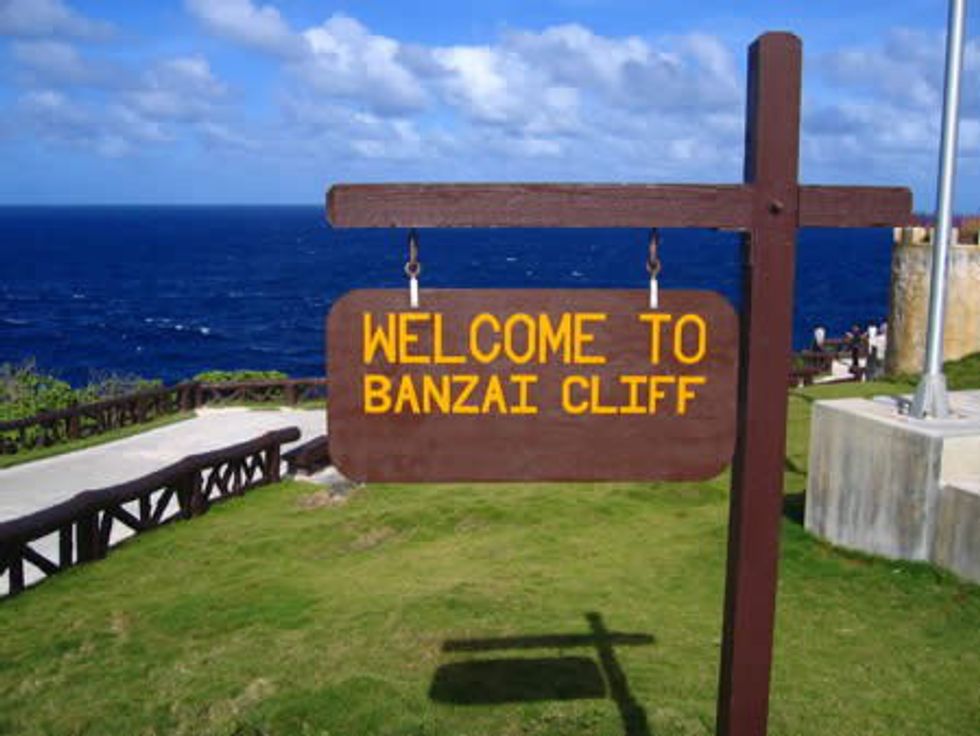
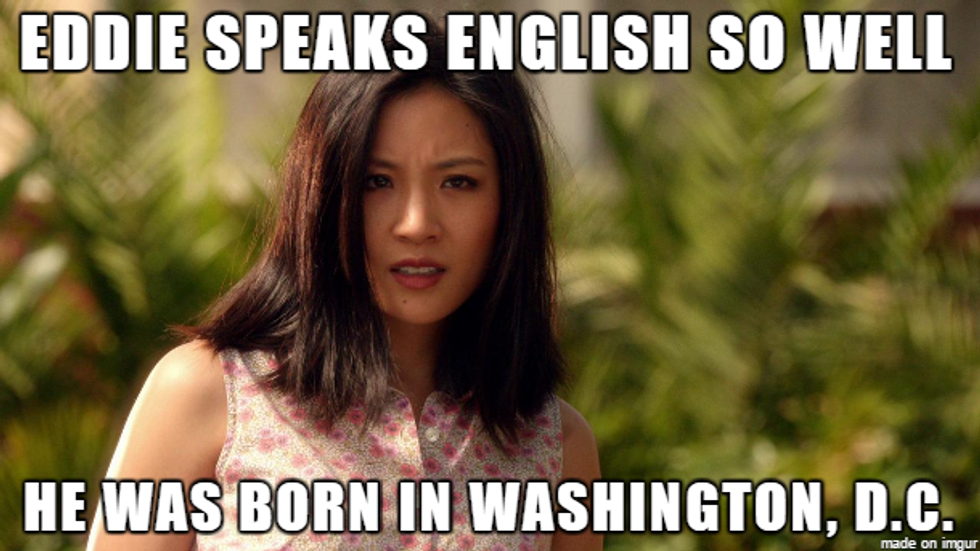
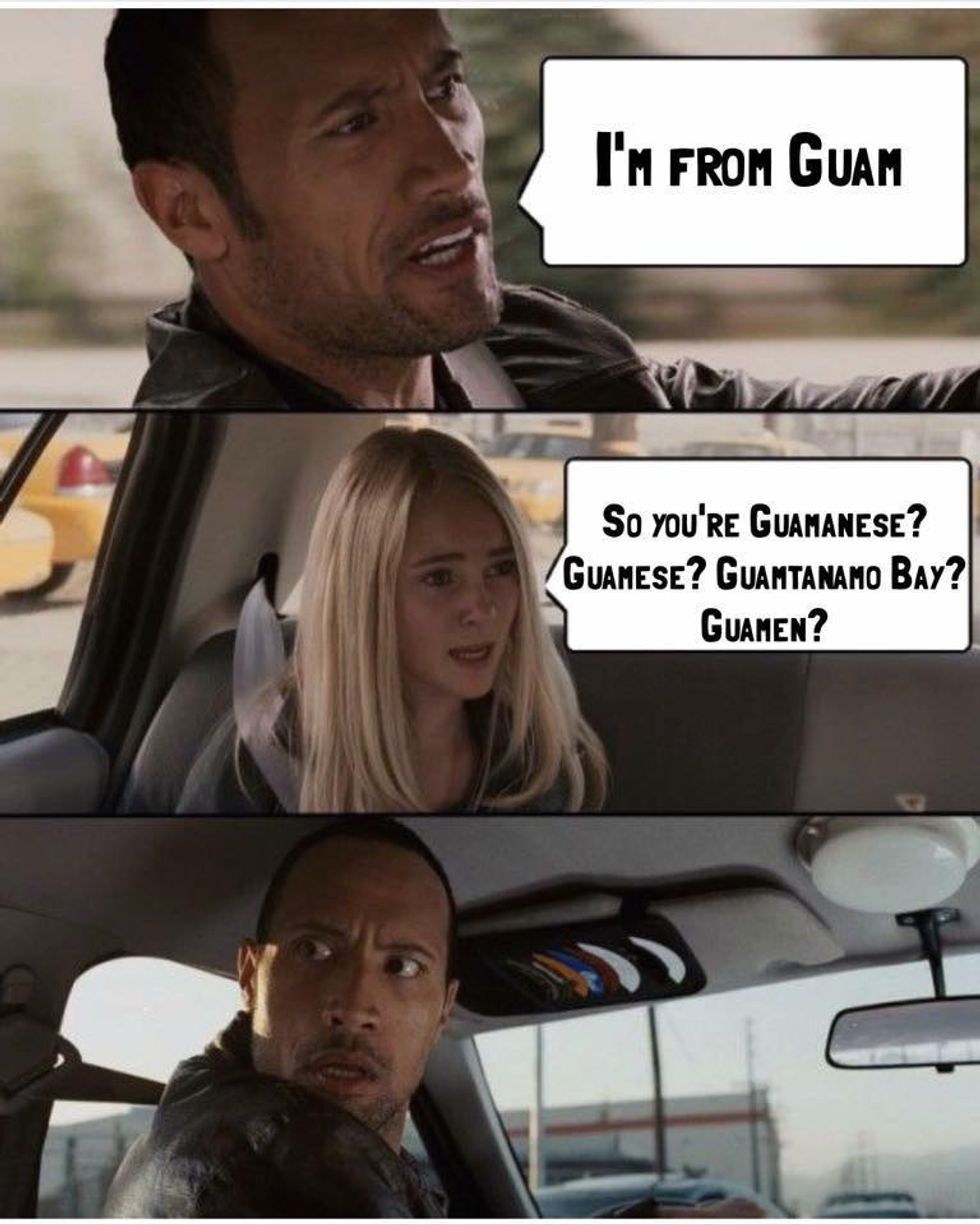
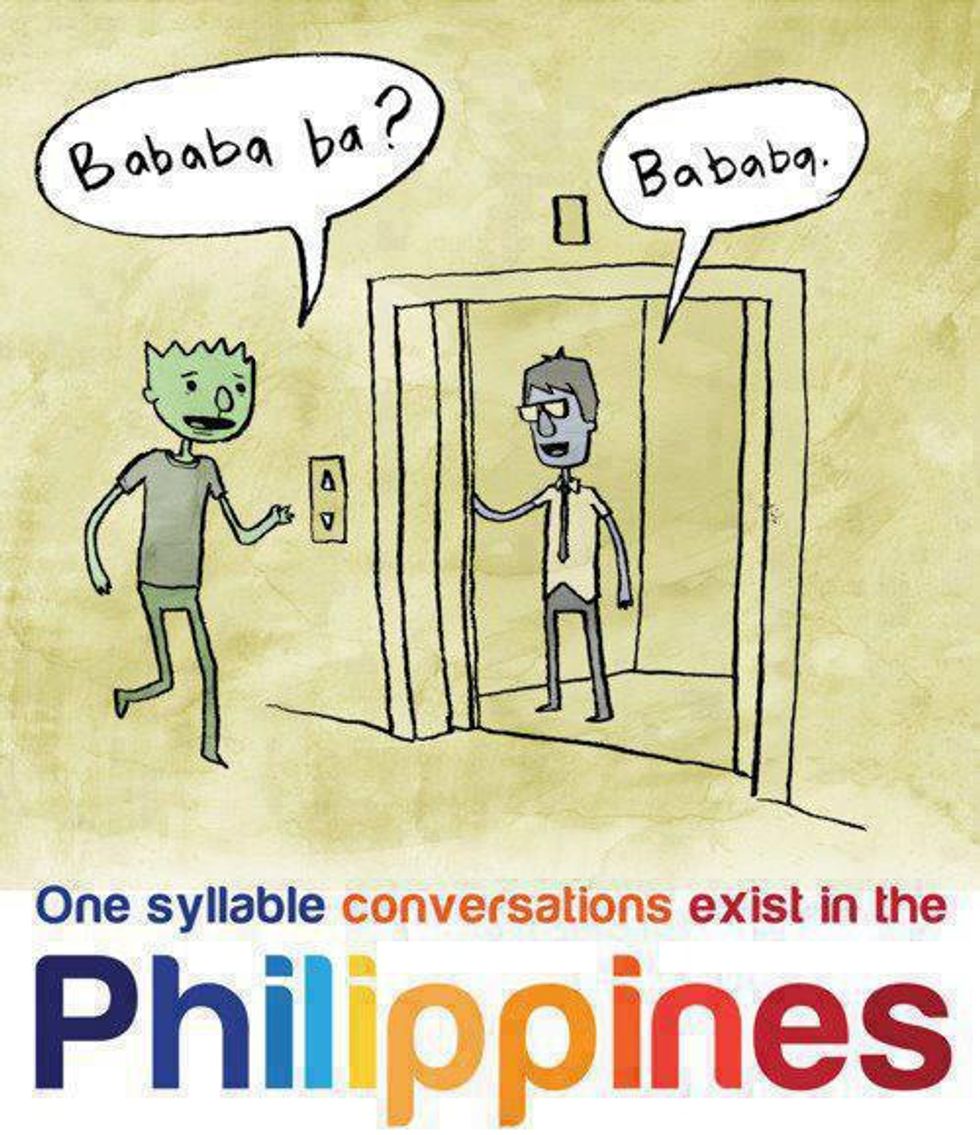


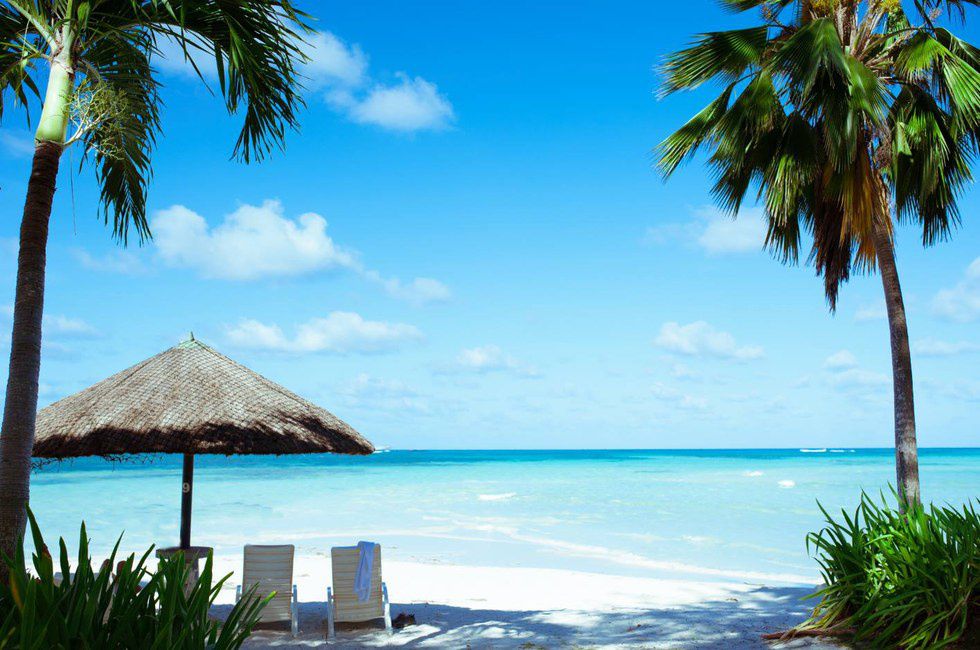

 Photo by
Photo by  Photo by
Photo by  Photo by
Photo by 



















